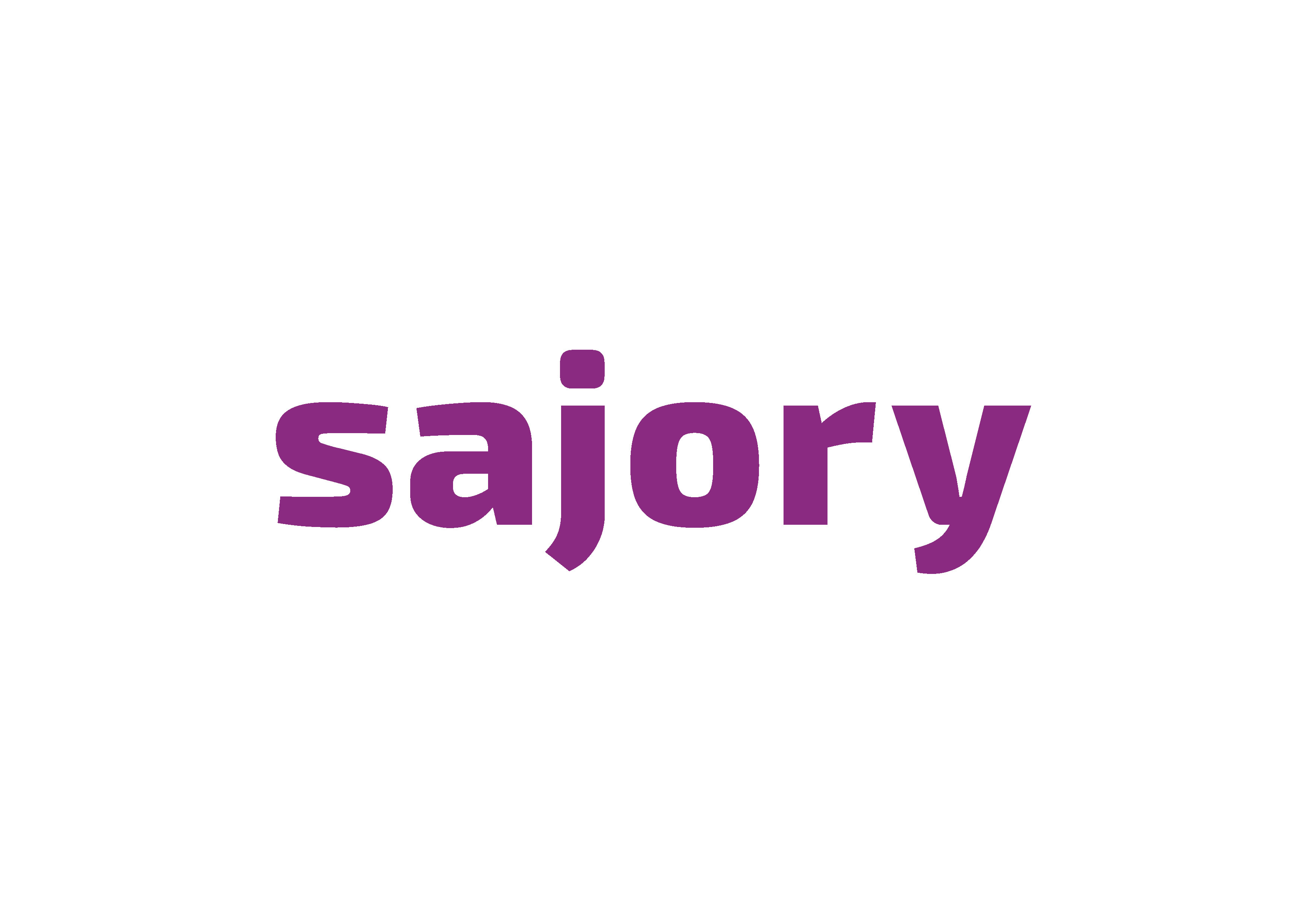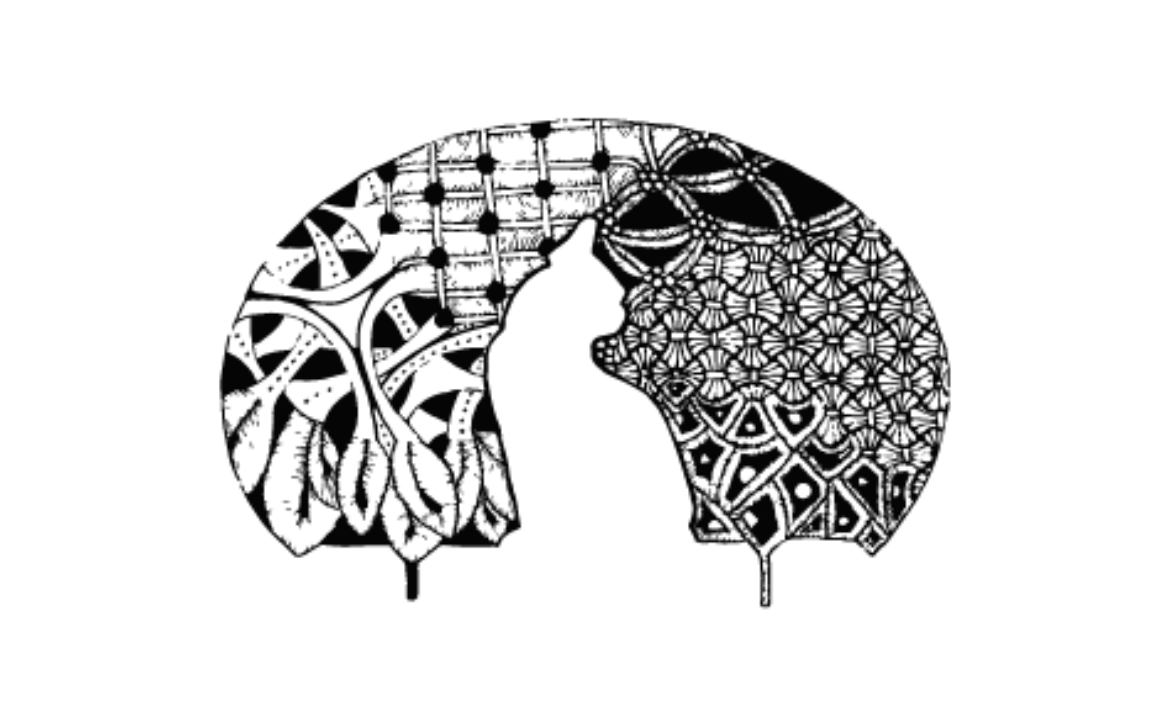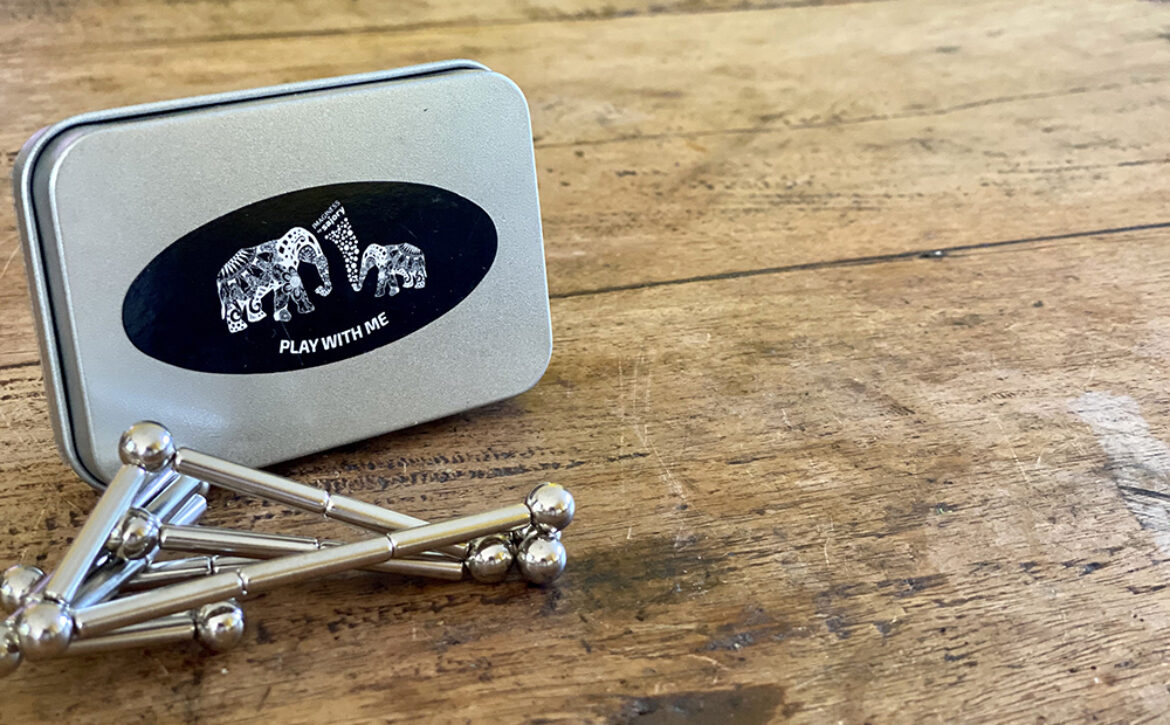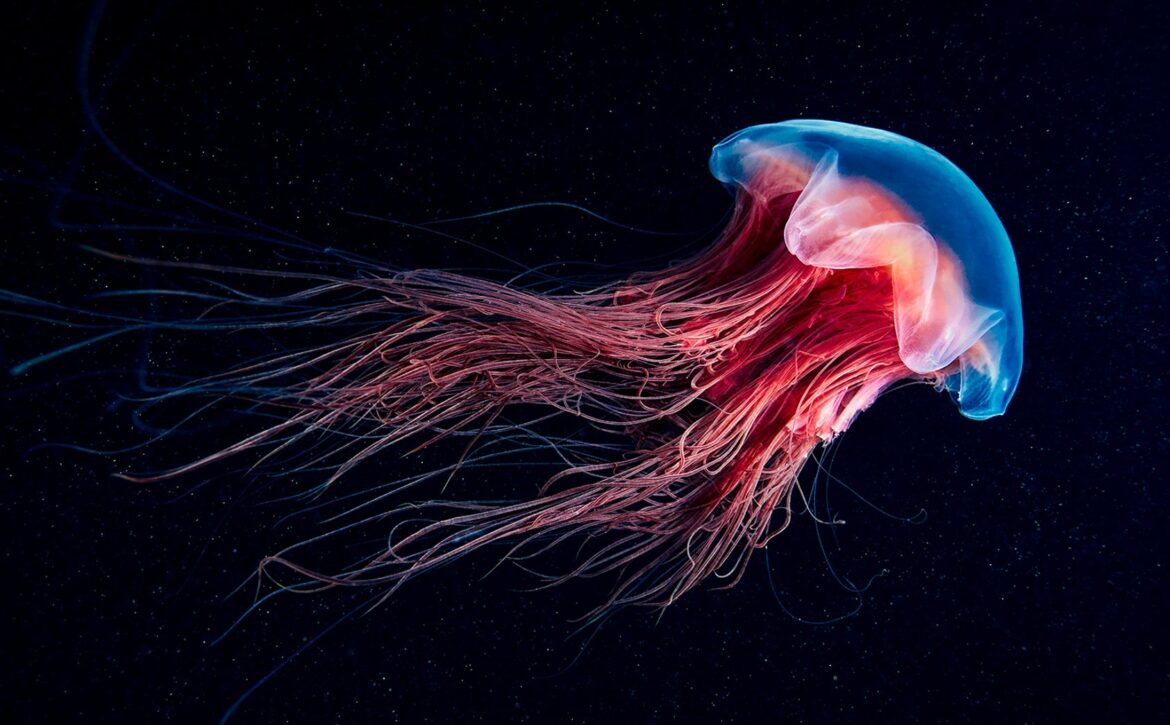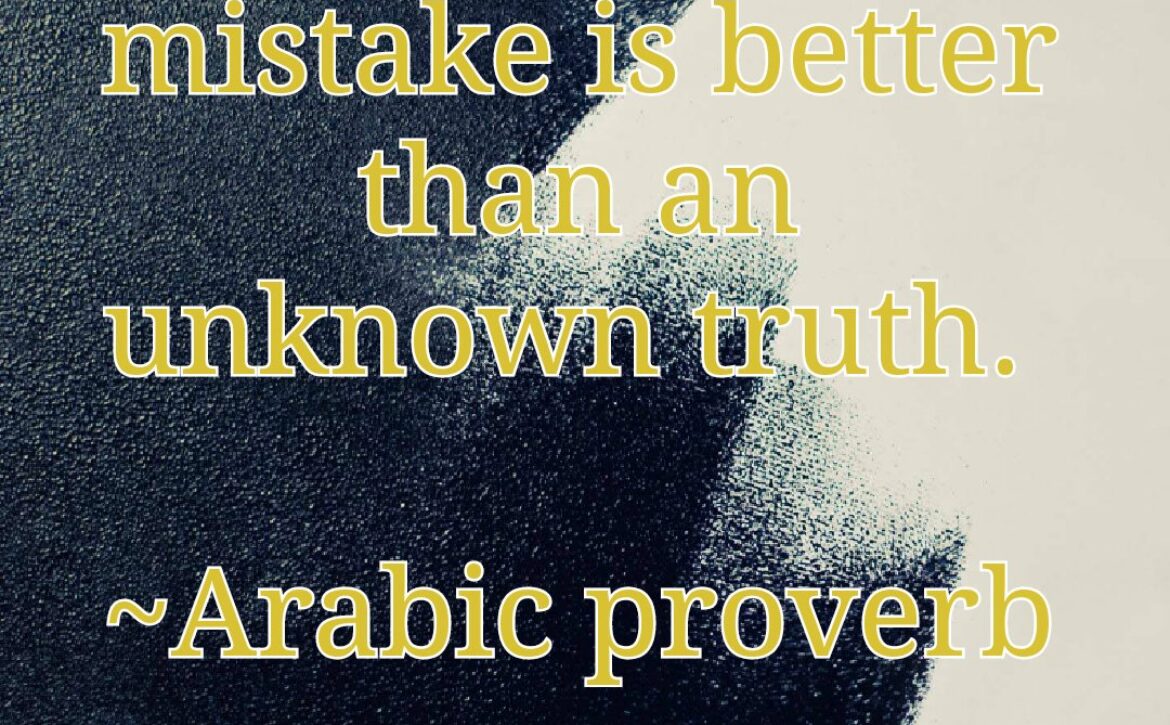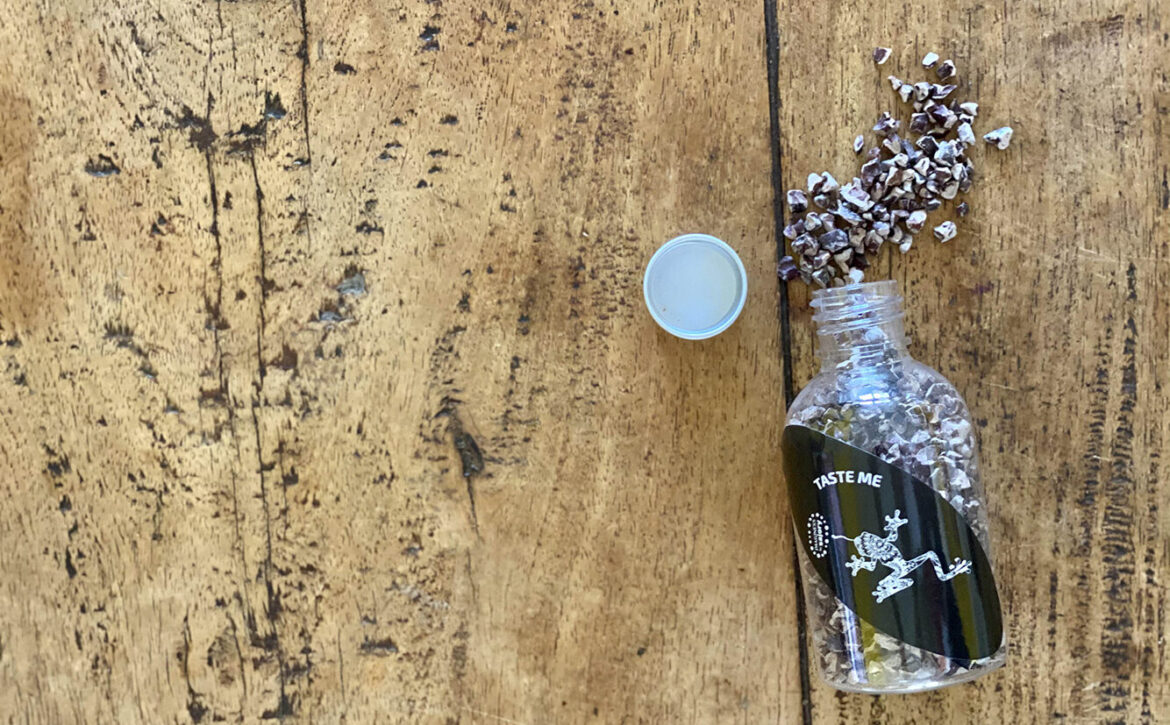How Wolves Change Rivers
In the 19th century, people began the process of eradicating wolves from the Yellowstone park in the US. The main reason was ranchers worried about their grazing livestock. As soon as the last pack was wiped out in 1930, changes came quickly.
The elk populations began to increase steadily, and large areas of the park were stripped bare, especially the riverbanks. The grass as well as the saplings disappeared as elks munched away the resources, Beavers found themselves without their main supply of trees, Willows and Poplars, that grows near rivers. Even birds didn’t find enough food and immigrated away along with many other species.
Things were not looking good for grizzlies either. The sugar and carb-filled berries they eat before winter were being plundered. Riverbanks became wastelands, and because there was no longer any vegetation to protect the ground, seasonal flooding washed away the soil. Erosion advanced rapidly.
As a result, the rivers began to zigzag and follow increasingly winding routes through the landscape. The less protection there is for the underlying layers of soil, the stronger the serpentine effect, especially on flat ground. This continued for decades. Until 1995.
A decision was made and wolves caught in Canada were released back to restore the Yellowstone’s ecological balance. This single action created what could be described as trophic cascade.
With the wolf back at the top of the food chain, they did what wolves do when hungry. They found something to eat. A lot of easy-to-catch elk.
The wolves ate the elk, and the elk avoided open areas along the riverbank. This gave the willow and poplar sapling a chance to grow, and they grew faster than most. Once the riverbank became stable, it slowed the flow of the river, and it carried less soil. This invited the beavers to come back, and those industrious creatures built dams that slowed the flow of water even more, creating ponds that becme homes for amphibians, along with a diversity of bird species who came to check into this new oasis. Here’s an inspiring video that shows how wolves indeed affected the behavior of rivers.
Wolf-Woman,
Randah Taher

